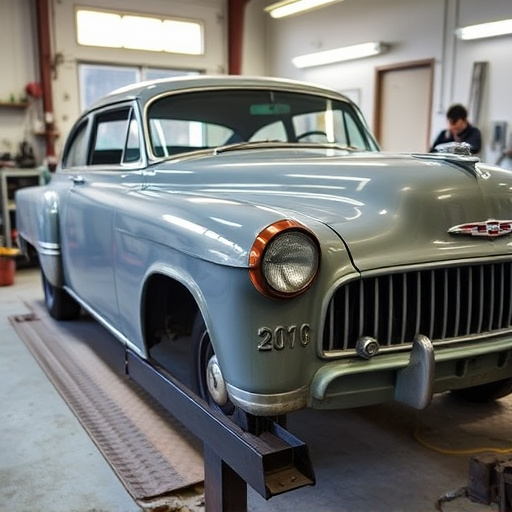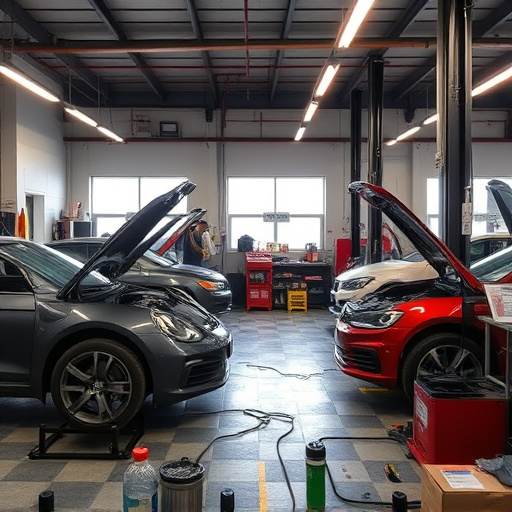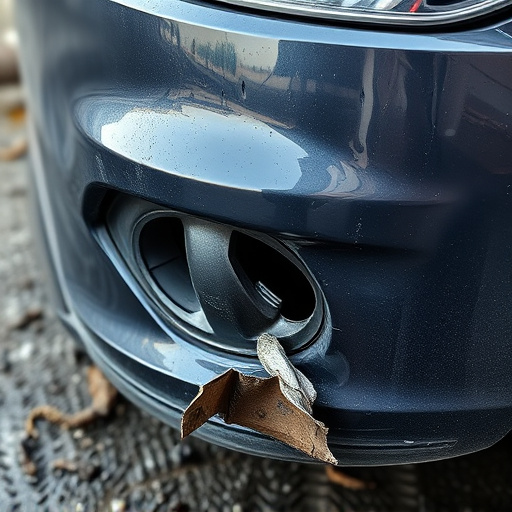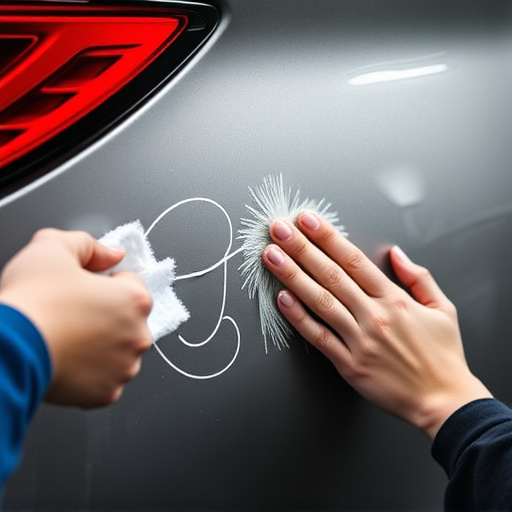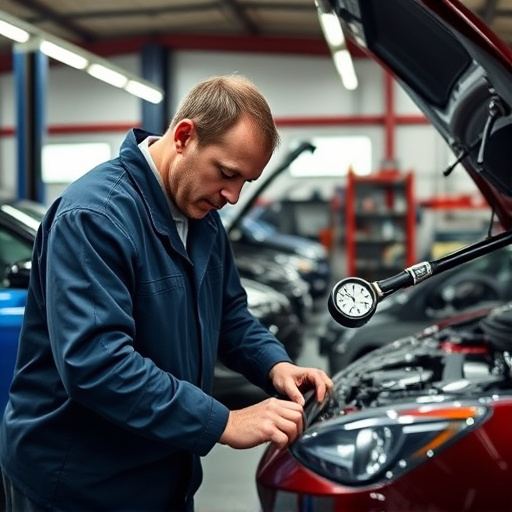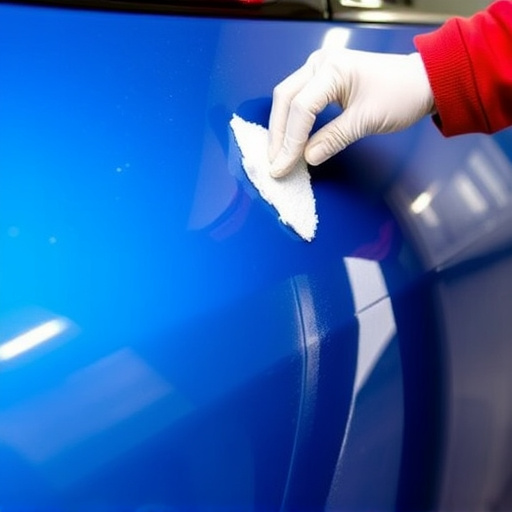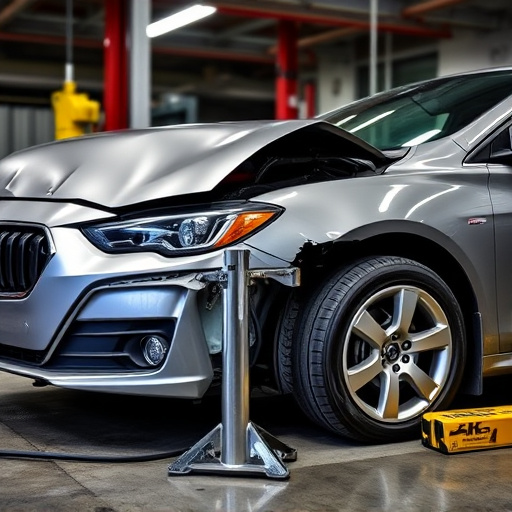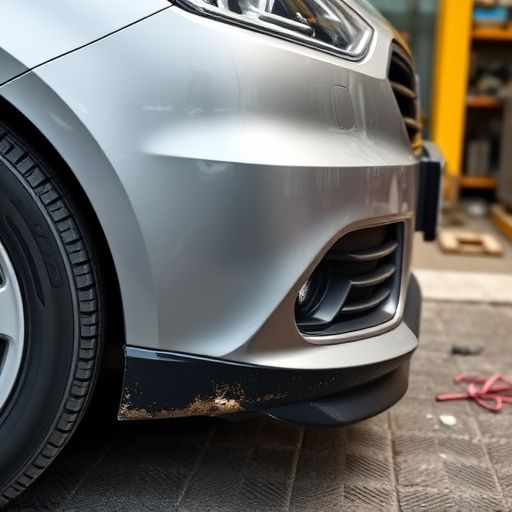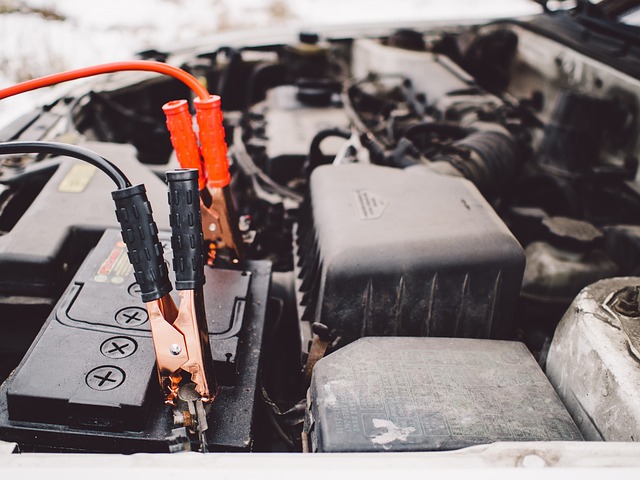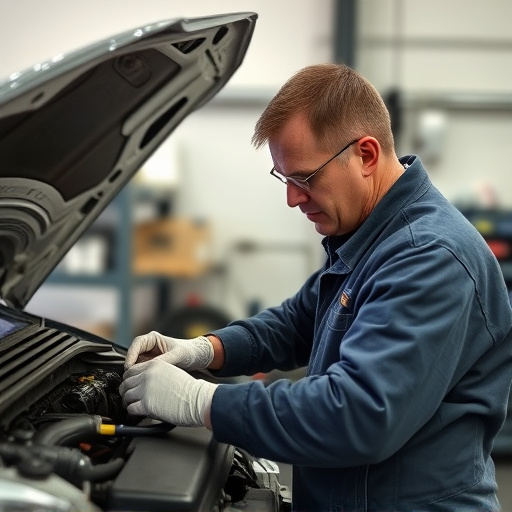Efficient towing to collision centers is crucial for swift emergency response and autobody repairs. Professional operators collaborate with centers to minimize vehicle downtime and preserve insurance claim evidence. Centralized command systems optimize routing in congested areas and enable immediate damage assessment. Effective communication ensures clear updates, informed customers, and faster recovery, streamlining the process from initial response to car paint repair and dent removal.
In the fast-paced world of automotive emergencies, efficient towing to collision centers is crucial for effective emergency response. This article delves into the essential aspects of towing protocols in collision scenarios, offering insights on best practices and coordination strategies. We explore efficient emergency response techniques, highlight the importance of streamlined communication, and provide guidance for seamless transfers between venues. Understanding these key elements enhances safety and ensures a more responsive infrastructure during critical situations involving vehicle collisions.
- Understanding Towing Protocols in Collision Scenarios
- Efficient Emergency Response Coordination Strategies
- Streamlining Communication for Seamless Center Transfers
Understanding Towing Protocols in Collision Scenarios
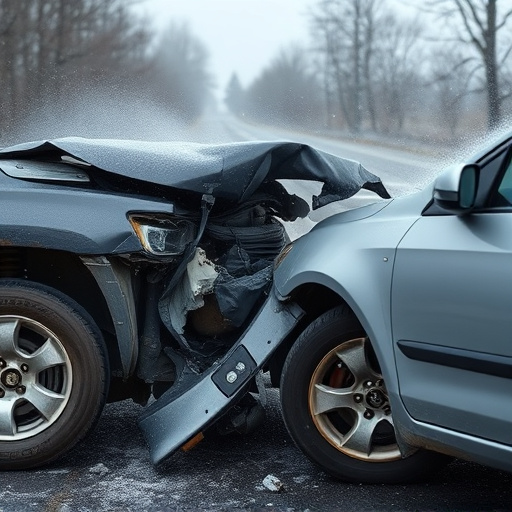
In the chaotic aftermath of a collision, efficient towing to a collision center is more than just moving damaged vehicles—it’s crucial for coordinating emergency response and ensuring swift, quality autobody repairs. Understanding towing protocols is vital to streamline this process. Professional tow truck operators are trained to handle various vehicle types and degrees of damage, from minor fender benders to severe accidents that require specialized equipment and routes. They work closely with collision centers to expedite the transfer of vehicles, enabling quick assessments and accurate estimates for necessary repairs, including car paint repair and vehicle dent repair.
This collaboration minimizes downtime for drivers and promotes effective emergency response. Effective coordination ensures that damaged cars are transported safely and efficiently, preserving evidence crucial for insurance claims. Moreover, understanding towing protocols helps in planning for the subsequent stages of autobody repairs, ensuring that vehicles are ready for expert technicians to commence their meticulous work, from assessing dents to performing comprehensive car paint repairs.
Efficient Emergency Response Coordination Strategies
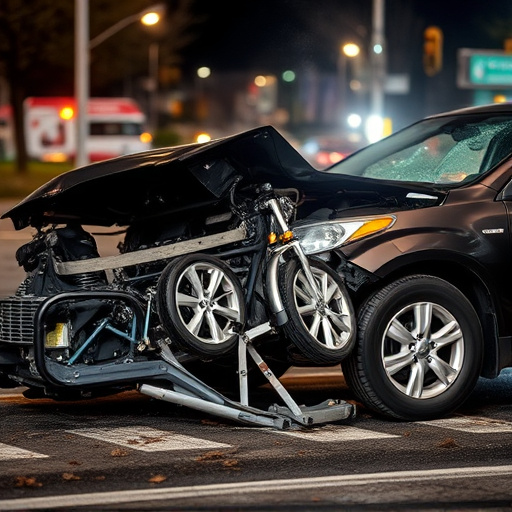
In the dynamic landscape of emergency response, efficient coordination is key to minimizing damage and ensuring swift recovery for vehicles involved in collisions. A well-oiled machine, quite literally, is achieved through strategic planning and communication between various stakeholders, including towing companies, collision centers, and emergency services.
One proven strategy involves establishing a centralized command system that facilitates real-time data sharing. This enables quick decision-making on the best routes for towing to collision centers, especially in congested urban areas. Additionally, integrating fleet repair services into this network allows for immediate assessment of vehicle damage, streamlining the process from initial response to auto maintenance and subsequent car damage repair. Such coordinated efforts not only expedite the return of vehicles to the road but also contribute to overall traffic flow management during emergencies.
Streamlining Communication for Seamless Center Transfers
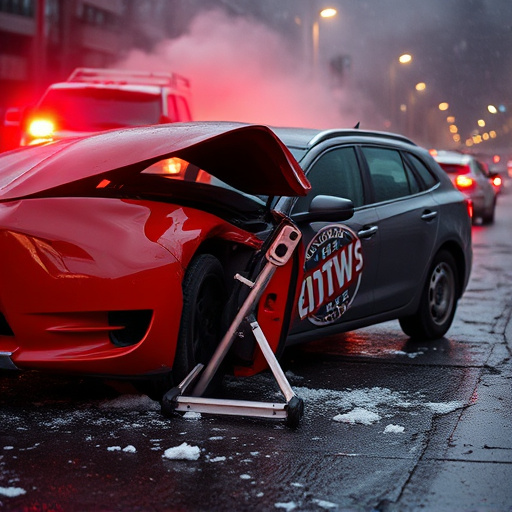
Effective communication is key to a smooth transition when towing vehicles to a collision center. By establishing clear and efficient lines of communication, towing companies and collision centers can ensure a seamless experience for all parties involved. This includes timely updates on vehicle status, arrival times, and any necessary repairs or services required.
A coordinated approach involves keeping the customer informed about the process, especially when dealing with unexpected delays. The ability to promptly communicate auto repair near me options and body shop services available at the collision center can also alleviate customer concerns. This streamlined process ensures that everyone is on the same page, leading to faster turnaround times for vehicle recovery and efficient bodywork repairs.
Towing to a collision center is a critical aspect of effective emergency response coordination, ensuring that vehicles involved in accidents receive prompt and efficient care. By understanding towing protocols, implementing strategic coordination strategies, and streamlining communication, we can enhance the overall process, reducing wait times and improving customer satisfaction. Efficient collaboration between towing services and collision centers is key to managing traffic, minimizing disruptions, and ultimately fostering a safer driving environment.

